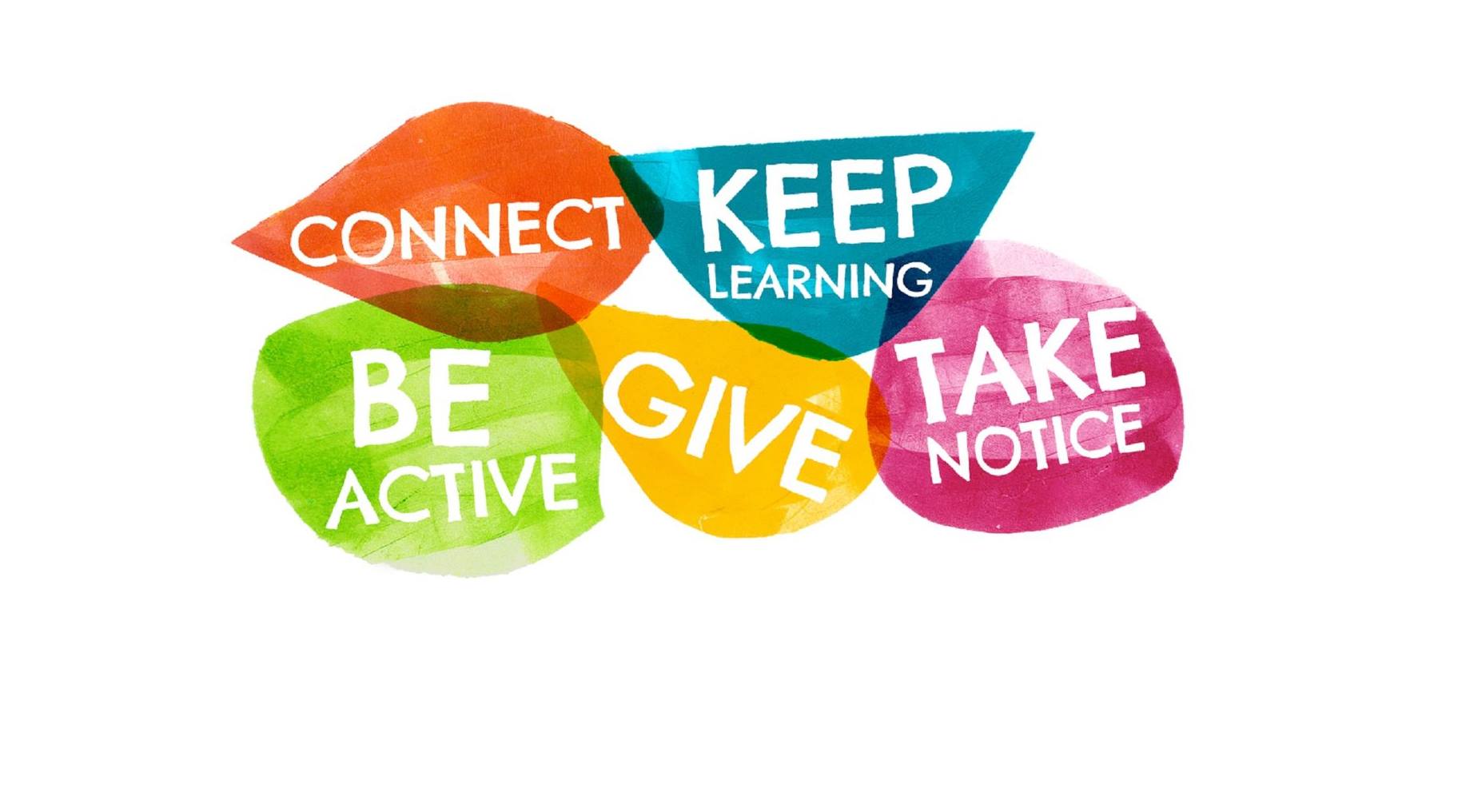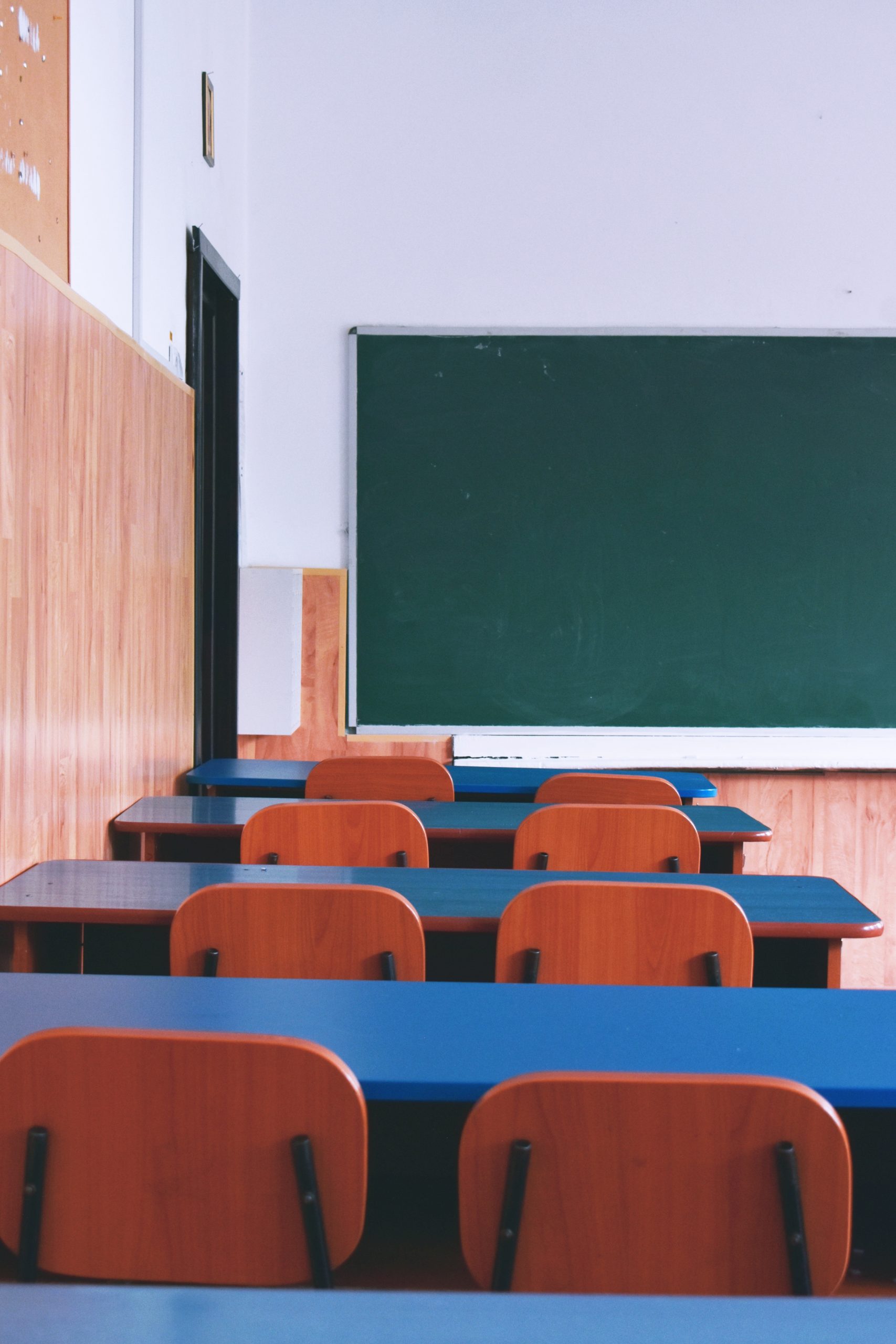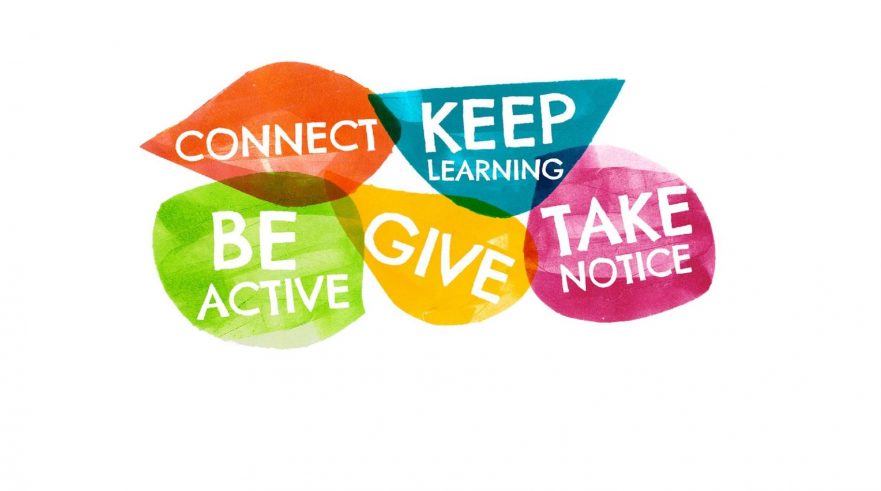The Positive Plan: COVID-Proofing your Pupil Wellbeing Support

Right now, most education leaders are thinking about what kind of school their pupils will be going back to, whether that’s in June or September. On the return to school, the way pupils will be able to interact with their teachers based on distancing guidance – and indeed, how teachers will be able to interact with one another for monitoring, evaluation and school improvement – will be starkly different to a regular school start and will have unique implications on teaching and learning. However, for a number of the pupil populations, including and especially the most vulnerable, it is more important to think about what kind of school they will need when they pass through the doors again. These pupils' wellbeing will have been directly impacted by the unique difficulties and challenges that a national lockdown will have imposed; they will likely have a range of unmet needs that will impact their ability to be present and learn.
Now is the time to rethink your school’s pupil wellbeing strategy – and make sure the lessons from COVID are embedded within it.
Some pupils will return to school having experienced significant trauma in its many forms over the course of the national lockdown. Some pupils will have fallen through cracks of inequality that opened up as a result of this crisis, such as having their parents/carers experience significant financial difficulties for the first time. Others, likely those who were already vulnerable, will have been swallowed into the deep of what was already a substantial inequality gap. We must balance the call to action to bring education back to academic basics with the need to confront and prioritise pupil wellbeing and mental health. Cracking on to cover-off lost ground in school subjects without addressing issues in pupil wellbeing will only temporarily stave off larger mental health problems in school communities. Indeed, it may well lead to wider issues such as higher rates of exclusion and a dip in attainment.
All schools think about pupil wellbeing holistically, in a way that is cross-curricular and life-enriching. Pupil wellbeing policies in particular deserve deeper thinking in light of COVID-19 and in preparation for a challenging 2020-2021 academic year.
Do We Need a Pupil Wellbeing Policy?
- Many schools merge behaviour policies with pupil wellbeing. Our call is for schools to consider unmerging them in light of our current challenges. A behaviour policy sets out the expectations for pupils’ behaviour and the consistent application of strategies and responsibilities to ensure that all pupils know the behaviour expected of them to excel, and the consequences of not meeting these expectations. The policy will include classroom management approaches as well as support systems and rewards and sanctions. A pupil wellbeing policy is often more nebulous. The National Institute for Health and Care Excellence (NICE) recommends that the harmonising fundamentals of a wellbeing policy should lay out the practice for supporting good social, emotional and psychological health for pupils’ social and emotional wellbeing alongside their physical health. It identifies what staff should do when they see pupils unhappy, anxious, disturbed or depressed, and provides the tools to address these issues. Policies will directly address what to do, for example, when faced with signs of bullying, eating disorders and self-harm. This is done on the principle that a child or young person’s mental health will impact their learning as much as their physical health.

A pupil wellbeing policy is often more nebulous. The National Institute for Health and Care Excellence (NICE) recommends that the harmonising fundamentals of a wellbeing policy should lay out the practice for supporting good social, emotional and psychological health for pupils’ social and emotional wellbeing alongside their physical health. It identifies what staff should do when they see pupils unhappy, anxious, disturbed or depressed, and provides the tools to address these issues. Policies will directly address what to do, for example, when faced with signs of bullying, eating disorders and self-harm. This is done on the principle that a child or young person’s mental health will impact their learning as much as their physical health.
NICE and the Healthy Schools and Healthier Living campaign adamantly promote a global, ‘whole-school’ approach to pupil wellbeing. This means that, while a school can be making referrals to outside agencies and ensuring that pupils who need them have access to support systems, all students are gaining the knowledge and skills they need for mental, social and physical wellbeing within school too. All students should have access to an emotionally safe environment where social and emotional skills can be learnt, practised and consolidated[1]. Those who have identified/identifiable mental health issues can then access further specialist support.
While not all schools may leap towards the whole-school approach, considering the core elements of support in your wellbeing policy may help to enable your pupils to develop a set of tools for emotional resilience in a what has been and may continue to be a very challenging time in their lives. Behaviour policies remain crucial in a COVID-19 world where students will return to the schoolyard demonstrating a spectrum of behavioural challenges. But having a robust arsenal of tools which support and address the root of those challenging behaviours may have a longer-term impact on pupils’ effective learning, positive behaviour and resilience than will behavioural management strategies.

What does a COVID-proof pupil wellbeing policy look like?
A 2020 wellbeing policy, new or adapted, must take into account that pupils may return to school less resilient, mentally unwell, or with challenging behaviours. It will be explicit that consideration has been given to the available mental health support and any immediate training which needs to be put in place for staff to support them.
Current evidence indicates that those who were most vulnerable to COVID-19 were those who had underlying health conditions. Likewise, the most vulnerable among pupils may have been hit hardest in terms of their mental health. Those children who were already showing signs of social, emotional and behavioural problems should continue to receive specific and targeted help, as well as increased monitoring and evaluation. Now more than ever, schools are central sign-posters to further support those most vulnerable children. Re-evaluating your school’s broader multi-agency strategy will be central to ensuring joined-up support for vulnerable pupils who may be even more vulnerable than before.
Perhaps more than ever before, all pupils will require mental wellness support. In addition to updating policies, school leaders will want to go further in planning whole-school approaches to mental health support, support schemes and specifically designated staff and safe places/clubs
Go back to values
Schools are relying on their values as the touchstone from which their response to COVID-19 has emerged. Values such as kindness, empathy and resilience have been almost incidentally built into trusts’ values for a moment like this, when pupils, parents and staff have required assistance beyond but also in support of maintaining their school routines.
This will necessarily continue as pupils return to schools. By implementing a wellbeing policy that springboards off the values already in place at your schools, a strong culture around mental wellness can become a natural extension of those central pillars in your environment. For instance, if your school prioritises pupil voice, offer your pupils the opportunity to share their preferences, desires and concerns for their school’s approach to wellness initiatives and interventions. This helps to ensure that the support you are offering is not only fit for purpose, but relevant and appropriate for your specific context.[2]
Bringing your values to life through your work at this time will ensure those values will become more meaningful and tangible to your school community than ever before. In this incredible moment, demonstrating what you mean by valuing moral principles such as kindness and resilience by enacting them through your trust’s actions and post-COVID support will help to strengthen your relationship with your students, parents, and staff.
"Bringing your values to life through your work at this time will ensure those values will become more meaningful and tangible to your school community than ever before"




